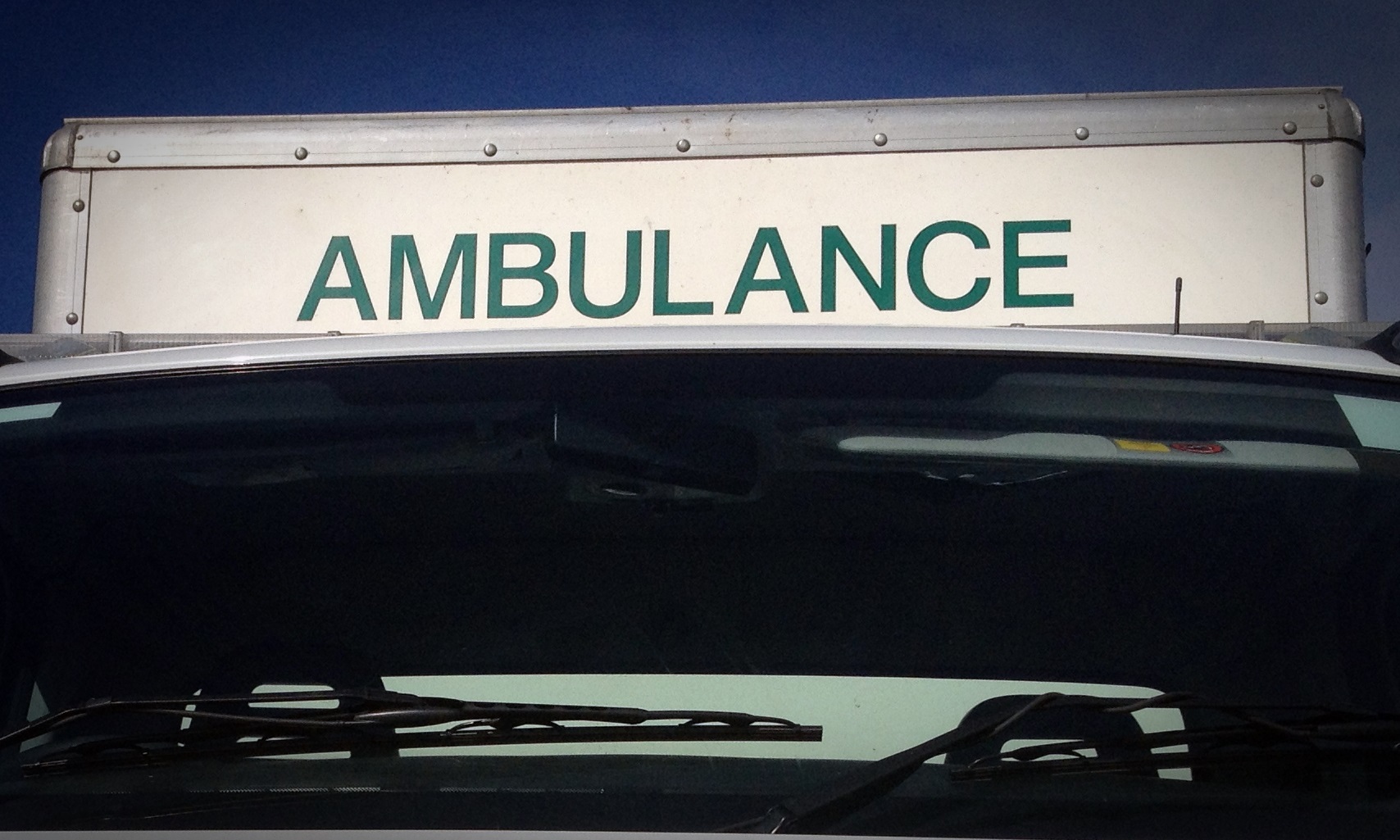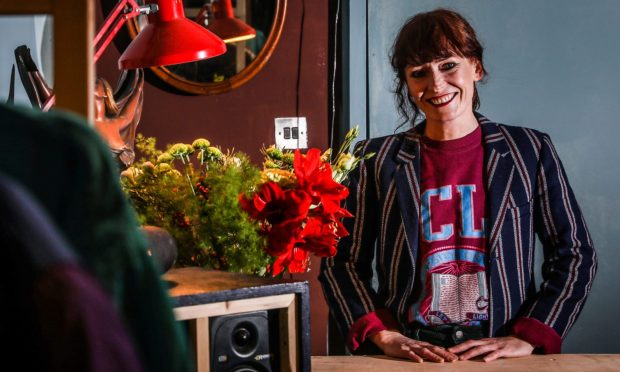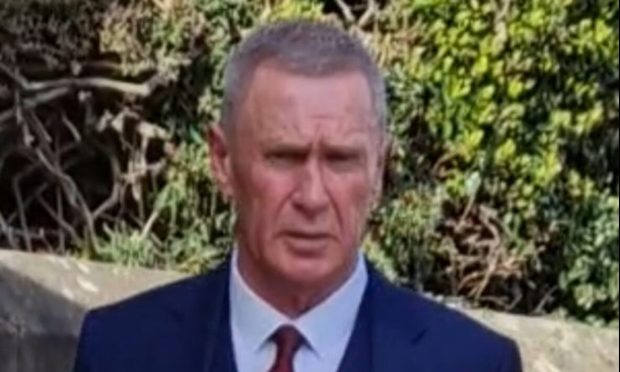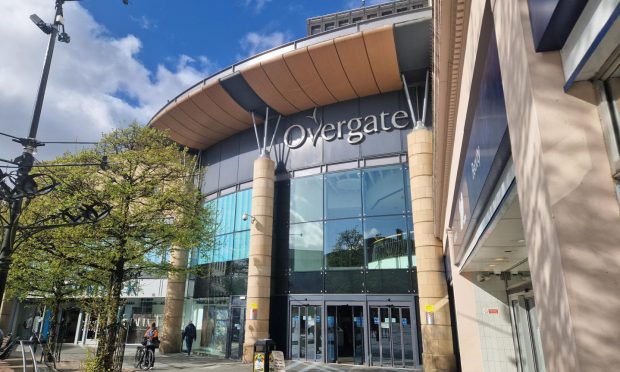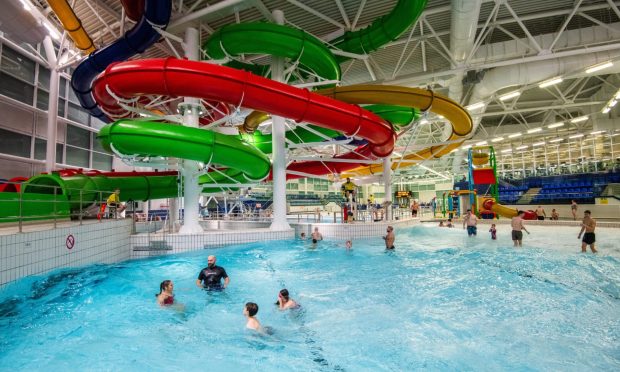Ambulance crews have to deal with at least four alcohol-related emergencies every day in Tayside and Fife.
There were 15,158 call-outs across Scotland last year where drink was a factor, according to Scottish Ambulance Service figures.
The Tories said mobile drunk tanks in towns and cities should be considered as a way of easing the stain on ambulance workers and the NHS.
The 2017 national figures are an increase on the 14,406 from the previous year, but a drop on the high of 23,577 in 2015.
Annie Wells, for the Scottish Conservatives, said heavy drinkers are putting an “immense and unnecessary strain” on the ambulance service.
Calling for the SNP to ensure the service is properly staffed, she said: “No-one will be more annoyed than hardworking paramedics that this particular challenge stands in the way of helping patients who’ve fallen ill through no fault of their own.”
The Glasgow MSP added: “We need to start discussing measures that could take the pressure off paramedics when dealing with this, including the possible role of temporary units in towns and cities to deal with those who’ve consumed too much, meaning they wouldn’t need to go to A&E or trouble the ambulance service.”
The national trend is mirrored in Tayside and Fife, where the number of alcohol-related incidents increased from 1,361 to 1,463 between 2016 and last year.
The worst year in the area for booze incidents was 2015, when 2,523 were listed as such.
The Scottish Ambulance Service said the incidents are those where drink has been recorded by the crew, but they “aren’t necessarily directly linked to alcohol”.
A Scottish Government spokesman said: “Scottish Ambulance Service staffing has increased by nearly 24% since 2006 – and we have increased the ambulance service budget by 46%, to £237m, while we are committed to training a further 1,000 paramedics by 2021.
“We recognise the damaging impact misuse can have, not just on individuals but the public services who respond.
“We have taken a number of actions to tackle alcohol misuse, including pressing ahead with minimum unit pricing and we will be refreshing our alcohol strategy shortly.”
